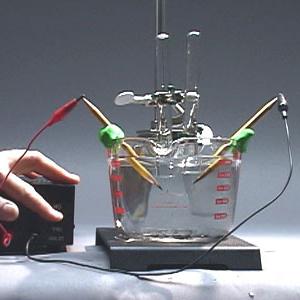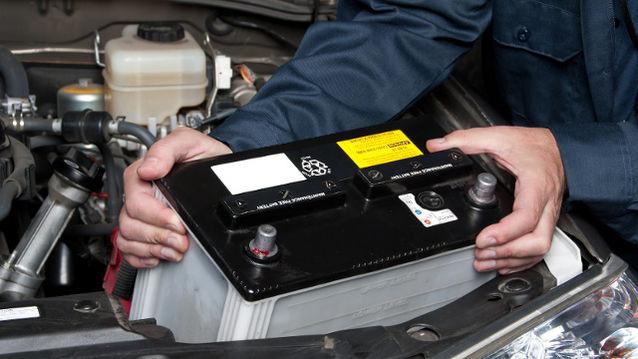Density of electrolyte
Inspecting the battery allows you to evaluateits technical condition. Some shortcomings can be identified. Checking the battery (external condition, quality of insulation mastic, density) of the battery taken from the car is carried out in a certain order.
First you need to check the statusmost monoblock, make sure that there is no leakage. To do this, wipe the walls and the bottom with a dry cloth and inspect. If there is a leak, a monoblock replacement is necessary.
Next, you should check the statussurfaces of battery caps, mastic layer. Covers should not be dirty, they should not have cracks and roughness. Electrolyte and dirt, trapped in cracks, are capable of conducting electric current. This accelerates the self-discharge of the battery. If there is dirt on the surface of the battery or if traces of spilled electrolyte are visible, wipe the surface with a cloth soaked in a 10% aqueous solution of ammonia. After this, wipe the covers dry.
With special care it is necessary to inspectBattery clamps. The layer of oxide formed on the pin clamps should be removed with a glass skin (with closed plugs). It is also necessary to clean the screw clamps, remove the plugs and clean the gas vents with a thin wooden stick. Do not use metal wire for this purpose.
A discharged battery that can not rotatecrankshaft with the required speed, it is necessary to charge. When detecting foreign particles in the electrolyte or changing the color, the electrolyte must be replaced. Before replacing, you should discharge the battery to an acceptable level. After this, it is necessary to pour out the electrolyte. The battery needs to be rinsed. To do this, use distilled water. Flushing should be carried out, observing safety measures. After the fill is done again. The density of the electrolyte to be filled after rinsing should be the same as before. Then, recharge the battery again.
It is necessary to regularly check the level and density of electrolyte in each "bank" in accordance with climatic conditions and the time of year.
To determine the level, one should applyspecial glass tube. It is lowered into the accumulator until it rests against the upper edge of the plate. After the tube should be clamped a finger, get it and see the liquid level in it.
However, as a rule, the tube is absent. In this case, you can take a piece of paper, bend it in the form of a stick and drop it into the "jar." The electrolyte will impregnate the paper, and the level will be visible. For the norm is considered to be ten to fifteen millimeters (if everything is all right, you can check the density).
Distilled water should be added in volumeIf the level is below normal. Only H2O is allowed to be refilled. This is due to the fact that water evaporates from the electrolyte during operation. The heavier acid remains in the plates. If you top up the electrolyte, the acid will be in an overabundance. This will lead to a rapid falling off of the layer and the battery failure.
The density of the electrolyte is an indicatorthe degree of charge of the battery. If H2O is added, measurements can be made after two hours after refilling. The density of a fully charged battery is 1.28-1.30 grams per cubic centimeter.
Carry out a check carefully, rememberingpresence of sulfuric acid in the battery. If electrolyte drops hit open parts of the body or parts of the machine, they should be washed with water and soda (food).
The measurement is performed using a hydrometer. The density of electrolyte in all banks should differ no more than 0,02-0,03 grams per cubic centimeter.







